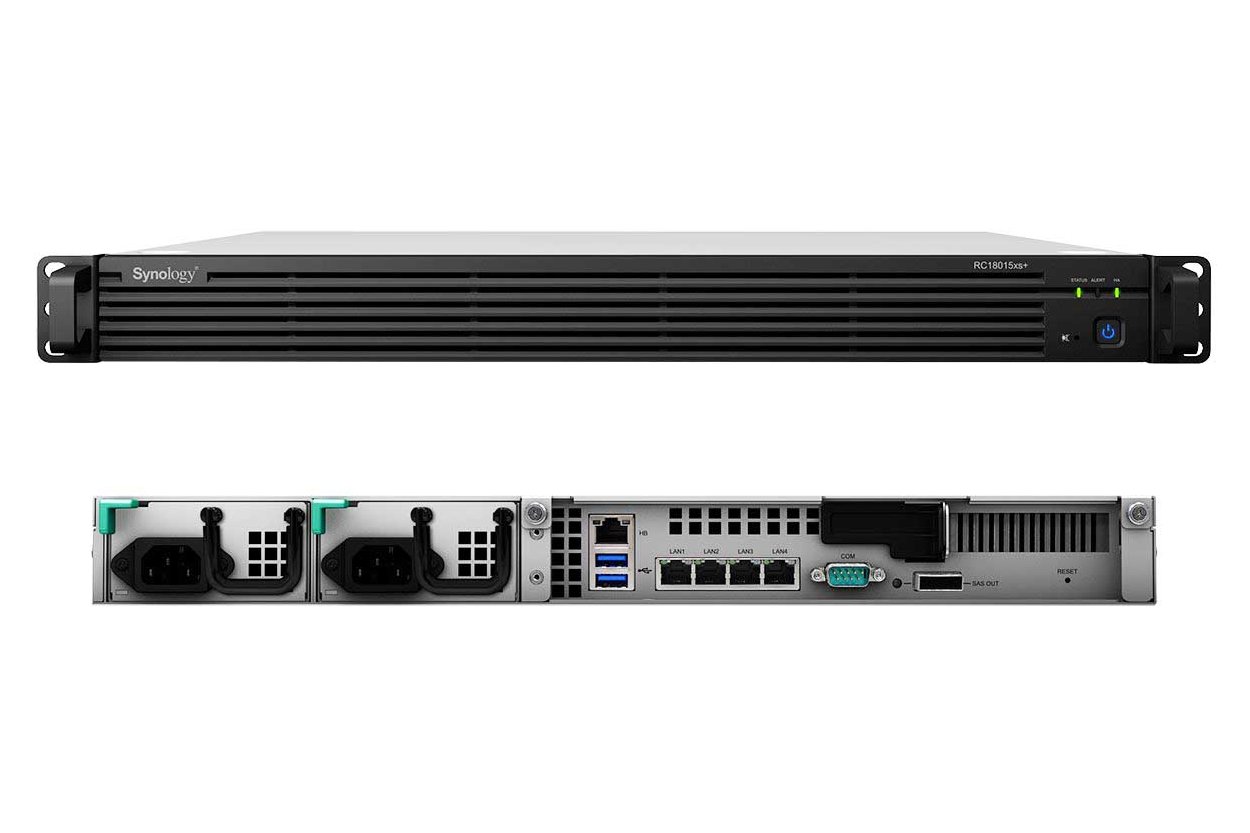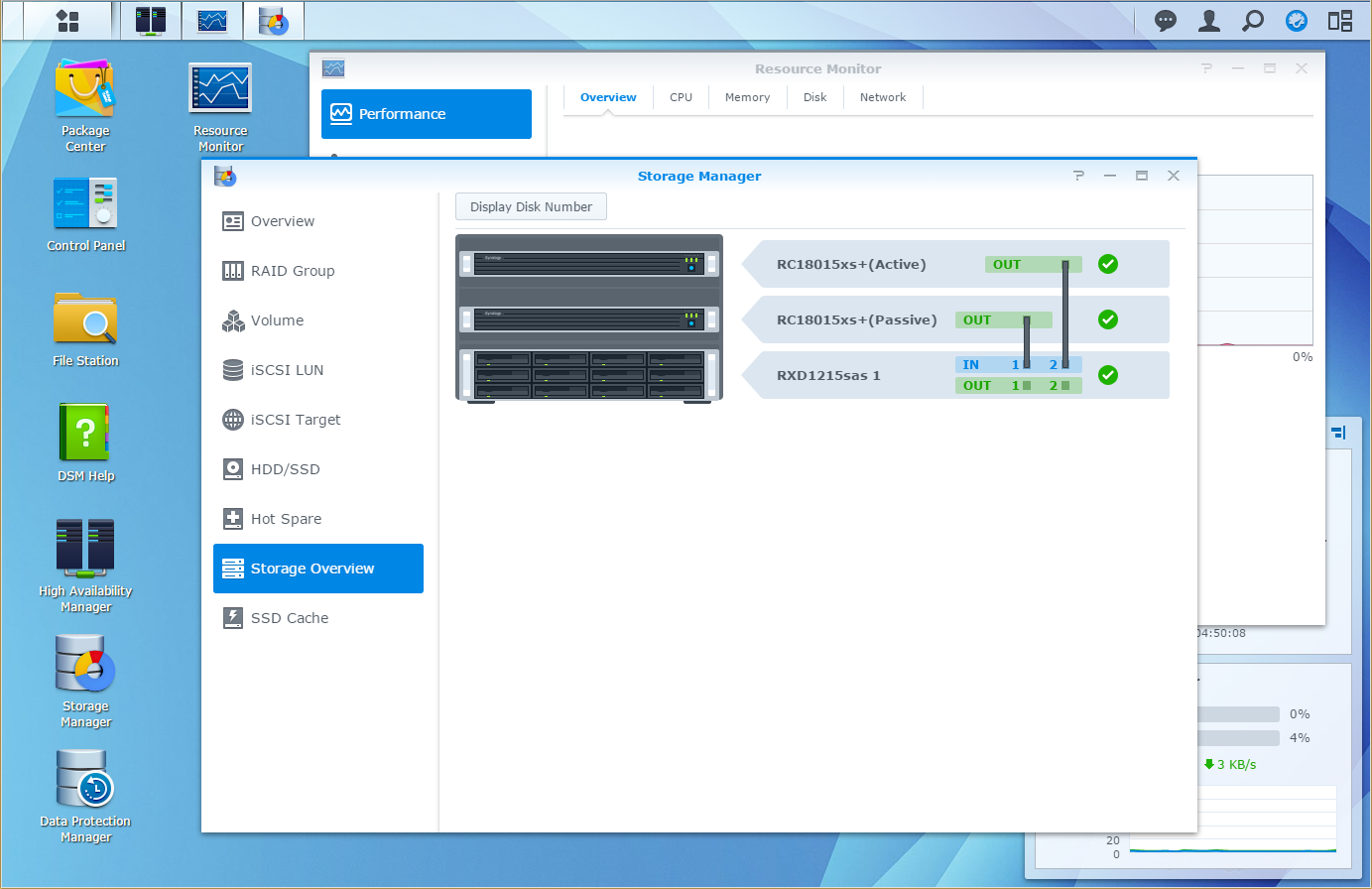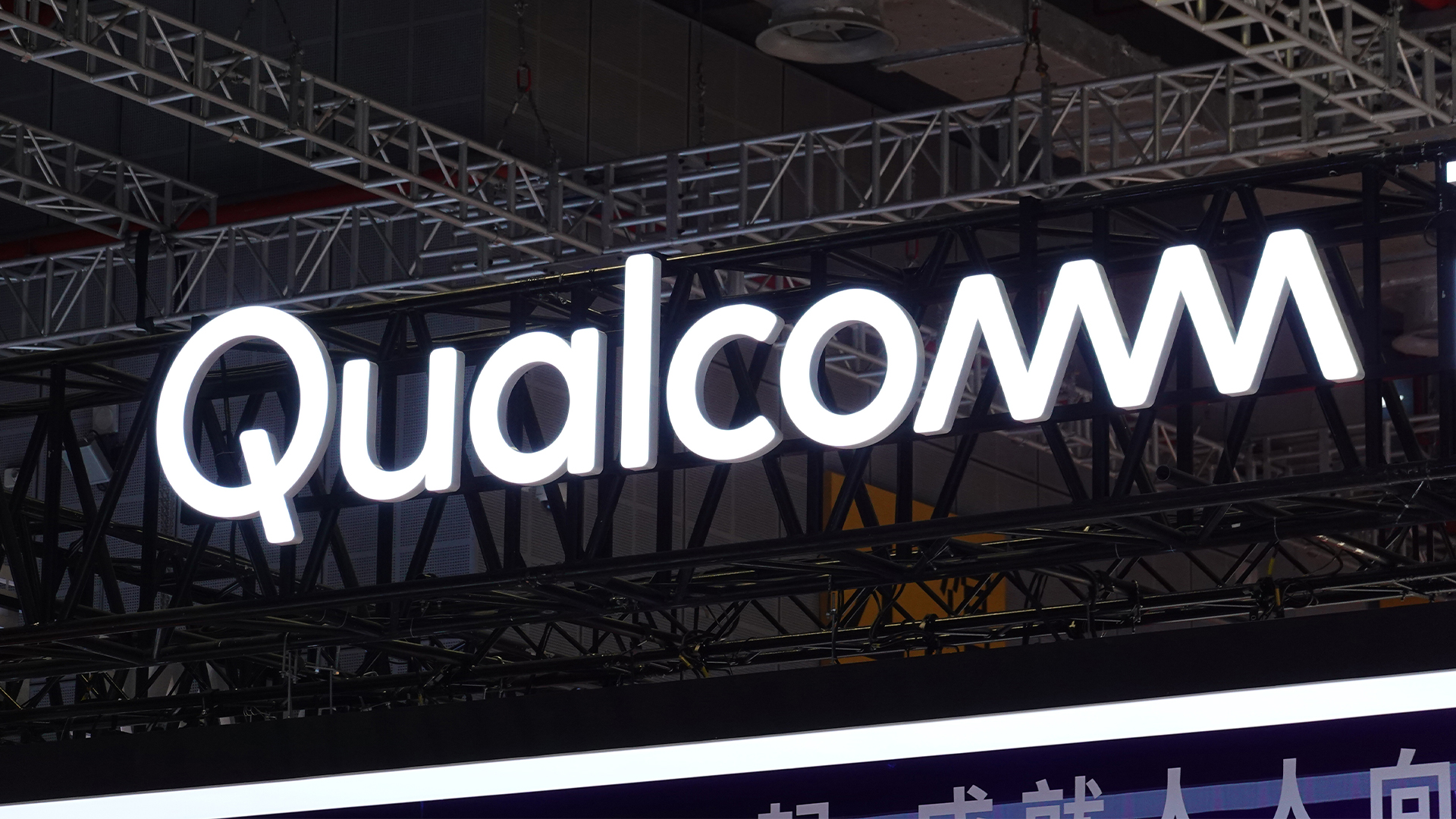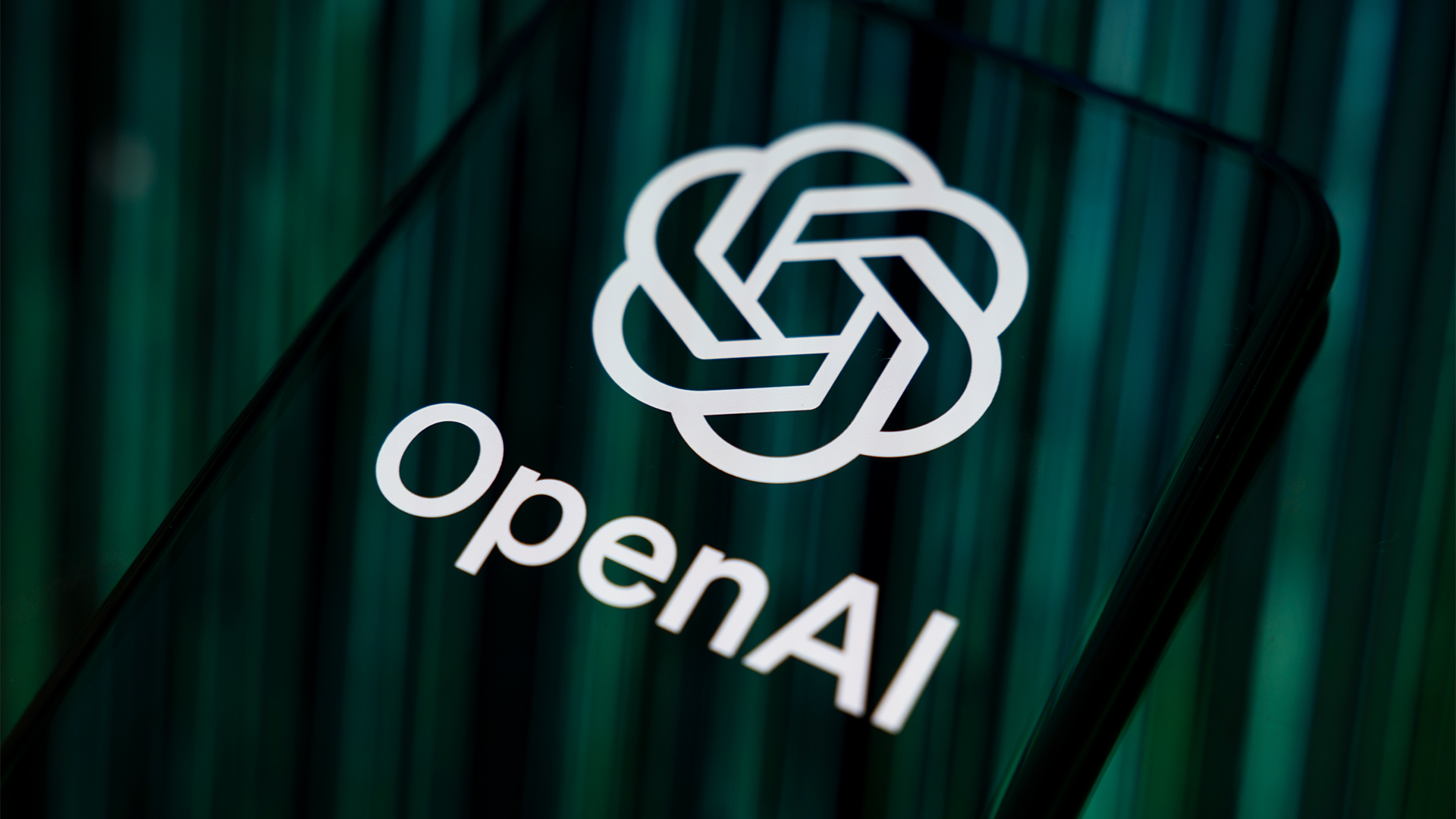Synology RackStation RC18015xs+ review
Synology’s new RC18015xs+ delivers highly available storage but at a price

The RC18105xs+ performed well during testing and delivered very good NAS and IP SAN performance. Failover is nicely automated but it will interrupt services and for an active/passive fault tolerant solution, it isn’t the best value
-
+
Simple deployment; Automatic failover; Unlimited snapshots; Good performance; Massive expansion
-
-
Pricey; Active/passive architecture interrupts storage services during failover

Cabling and deployment
To create a cluster from two RC18015xs+ appliances, we linked their Gigabit heartbeat ports using a standard Cat6 cable. Each link to the production network requires the corresponding ports on both controllers to be connected and we added a single RDX1215sas disk shelf to both of them using the supplied SAS cables.
Powering both units up automatically turns on any attached disk shelves and we then moved over to Synology's standard discovery web portal for further configuration. This found the cluster and installed the latest DSM software for us.
We loaded a quartet of 4TB WD SAS drives and created a single RAID5 array. We could add extra drives as hot spares or expand the array into them but this solution doesn't support SATA drives.

The DSM Storage Manager shows the physical connections between the controller and disk shelves
Sign up today and you will receive a free copy of our Future Focus 2025 report - the leading guidance on AI, cybersecurity and other IT challenges as per 700+ senior executives
Dave is an IT consultant and freelance journalist specialising in hands-on reviews of computer networking products covering all market sectors from small businesses to enterprises. Founder of Binary Testing Ltd – the UK’s premier independent network testing laboratory - Dave has over 45 years of experience in the IT industry.
Dave has produced many thousands of in-depth business networking product reviews from his lab which have been reproduced globally. Writing for ITPro and its sister title, PC Pro, he covers all areas of business IT infrastructure, including servers, storage, network security, data protection, cloud, infrastructure and services.
-
 Qualcomm the data center with $2.4 billion Alphawave Semi acquisition
Qualcomm the data center with $2.4 billion Alphawave Semi acquisitionNews The move sees Qualcomm absorb Alphawave Semi’s portfolio of custom silicon, high-speed connectivity solutions, and chiplets
By Daniel Todd Published
-
 ‘If software development were an F1 race, these inefficiencies are the pit stops that eat into lap time’: Why developers need to sharpen their focus on documentation
‘If software development were an F1 race, these inefficiencies are the pit stops that eat into lap time’: Why developers need to sharpen their focus on documentationNews Poor documentation is a leading frustration for developers, research shows, but many are shirking responsibilities – and it's having a huge impact on efficiency.
By Ross Kelly Published
-
 OpenAI says GPT-5.2-Codex is its ‘most advanced agentic coding model yet’ – here’s what developers and cyber teams can expect
OpenAI says GPT-5.2-Codex is its ‘most advanced agentic coding model yet’ – here’s what developers and cyber teams can expectNews GPT-5.2 Codex is available immediately for paid ChatGPT users and API access will be rolled out in “coming weeks”
By Ross Kelly Published
